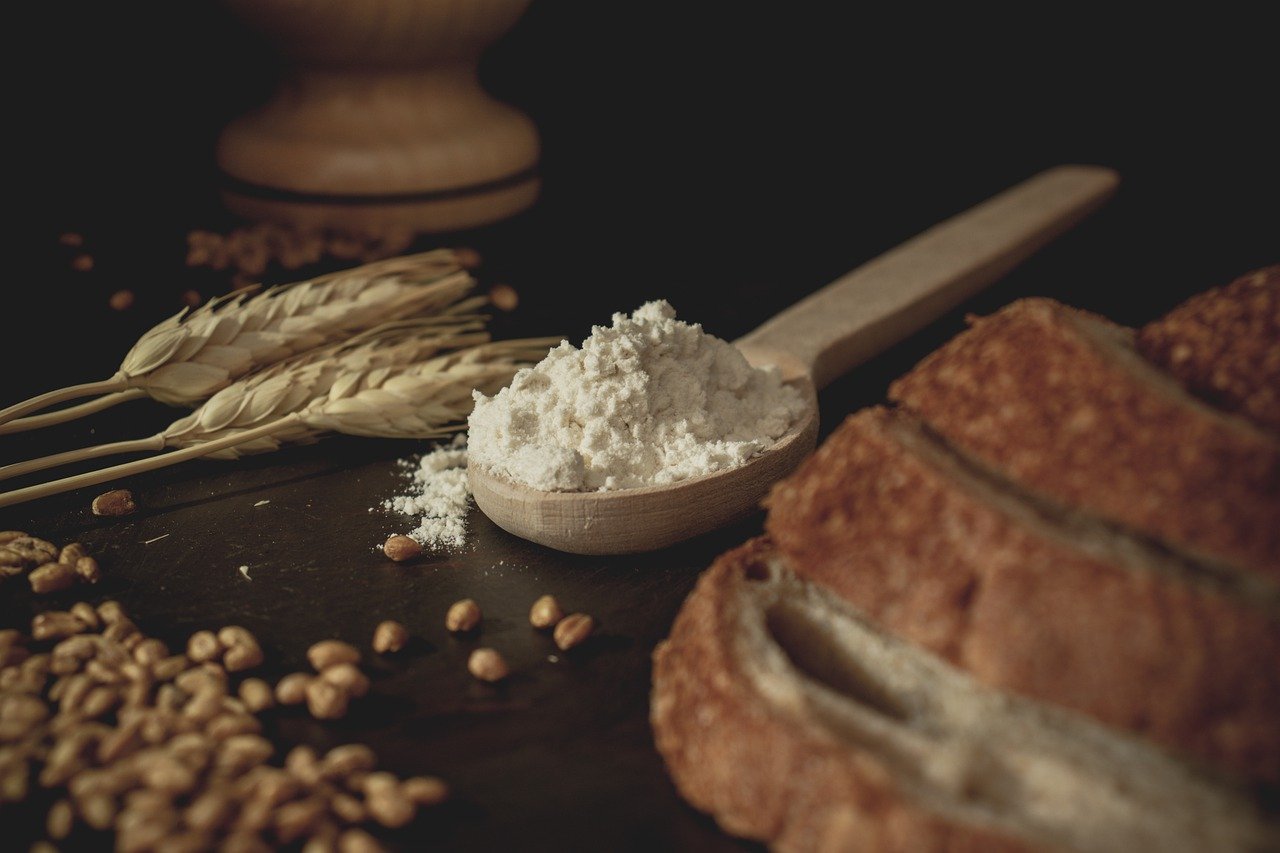Rotis, puris, parathas, naans and chapatis make up a large part of India’s dietary needs and are a staple in almost every home. Thus, ensuring that it is made of the finest quality atta is of utmost importance. To understand that, it helps to know your grain.
There are three main parts to a wheat kernel- the bran, the endosperm and the germ. The bran contains the largest amount of fiber in the kernel while the germ is rich in nutrients.
In the process of making refined wheat flour or maida, the bran and germ are discarded and the endosperm is used, leaving it devoid of essential nutrients. Whole wheat four is preferred because of its concentrated fiber and nutritional benefits. Research has found that whole grain wheat flour has up to 4 grams of fiber while maida contains 0.4 grams.
Whole wheat atta is arguably healthier, but the methods used to obtain and manufacture it has a significant impact on its nutritional value. Mayenkar Chakki Atta is renowned for being made of the finest quality wholemeal wheat sourced from the fields of India.
What is Chakki Atta?
A chakki is a miniature flour mill made of two flat stones, a piece of wood and a metal rod. It used to be a staple in traditional Indian houses and would grind whole grains like wheat, maize and millet to make flour. Generations of women endured this painstaking process every morning to provide healthy rotis for her family. The onset of industrialization introduced mechanical flour mills and somewhere down the line, the chakki became a long-lost dream to the larger population. Chakki mills were confined to India’s villages and small towns. As people got more health conscious, the use of chakki atta has found its way into the mainstream for its fair share of health benefits. More recently, this practice was revived and has been found to bring with its fair share of benefits.
Better Flavor
Dishes made with chakki atta have a sweet, earthy undertone. This occurs as a result of the rotating stones of the chakki. In its milling process, the heat generated breaks down the starch present in the wheat kernel to a type of glucose. When later subjected to heat while cooking, the broken-down starch caramelizes ever so slightly. This explains the distinct smell of a roti or a paratha on the tawa and the addictive, nutty flavor that ensues.
Better Longevity
The oil derived from the germ of the wheat kernel is known for being highly perishable, its Vitamin E concentration and its ability to heal acne. A cryptic fact about wheat grain oil is that it is largely responsible for the shelf life of whole grain atta. In the making of chakki atta, this germ oil released is evenly distributed through the flour. The same cannot be said for quick-paced, mechanically manufactured atta.
Higher Nutritional Value
The milling process with a chakki is slow. Less heat is emitted from the stones compared to a machine. These low temperatures ensure that the nutritional value of the wheat is not overly tampered with. Whole wheat chakki atta is rich in protein, vitamin B, minerals, iron and magnesium. These lower the risk of heart disease, stroke obesity, type 2 diabetes, chronic inflammation and premature death.
More fiber
Wheat bran holds a large amount of the grain’s fiber. Its whole nutritional value remains intact in the process of chakki grinding because the whole wheat grain is used. Whole wheat chakki atta contains both soluble and insoluble fibers, effectively taking care of blood cholesterol, diabetes and overall gut health.
An Easy Upgrade
Switching to Mayenkar’s chakki atta is a fairly easy ordeal. It can be used as a replacement for maida or miller atta in bread and pasta doughs. Though the resulting product is denser than normal, there is no compromise made with flavor. You can now reap the benefits of providing your body with nutrients guilt-free.


